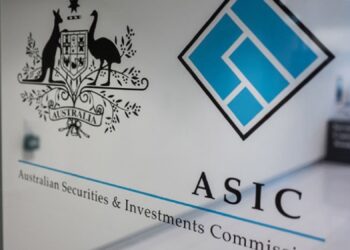Many super funds may not have enough money put aside to compensate their members in the event of a major operational risk event, according to Mercer.
A survey of 34 not-for-profit funds found just over half had either a specific operational risk reserve or unallocated reserve, with the reserve typically set at between 0.2 per cent and 0.6 per cent of assets or liabilities.
Mercer modelled three hypothetical cases, based on its recommendation that a reserve be at least 1.25 times the cost of annual operations, and found this provision “should be higher than is present in many funds today”.
A growing number of funds were found to be establishing operational risk reserves, but there is still a looming gap between large and small funds
Smaller funds, which the survey said should actually have a relatively larger reserve, are less likely to have one at all and also less likely to recognise the value of a reserve in terms of brand protection and member confidence.
It also found that there were few guidelines on the appropriate size and structure of a reserve, according to David Knox, a partner in Mercer’s retirement, risk and finance consulting business.
“Our survey shows there is widespread support for an operational risk reserve among industry fund executives, but that there is no regulatory obligation for funds to do so and very little in the way of guidance on best practice,” he said.
The biggest areas of concern for funds were found to be potential risks of a failure of an administration system (56 per cent), crediting rate errors (38 per cent) or unit pricing errors/arbitrage (35 per cent).





